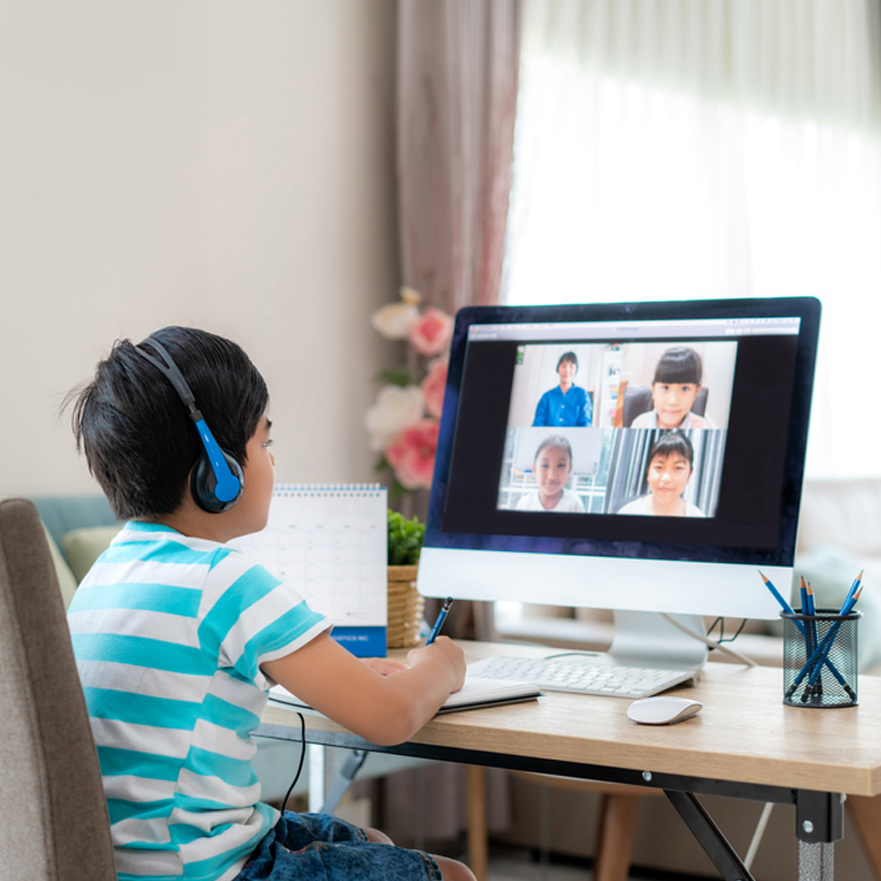A Virtual Classroom is a simulated classroom via Internet, which provides a convenient communication environment for distance learners just like traditional face-to-face classroom. A virtual classroom allows learners to attend a class from anywhere in the world and aims to provide a learning experience that is similar to a real classroom. In a college setup, lectures are scheduled, students arrive on time; find their teachers, fellow learners, a blackboard or whiteboard, LCD projector, optionally a television screen with videos. Likewise, a Virtual Classroom is a scheduled, online, teacher-led training/teaching session where teachers and learners interact together using computers linked to a network such as the Internet.
A virtual classroom enables to bring learners from around the world together online in highly interactive virtual classes while greatly reducing the travel, time, and expense of on-site teaching/training programs. It can be used as a solution for live delivery and interaction that addresses the entire process of creating and managing the teaching-learning process. It facilitates instructor and student in teaching-learning events, such as a seminar, online discussion or a live training for employees in company.
In a traditional classroom, professor, students and fellow learners are present, similarly, the same set of participants are present in a virtual classroom. They can talk with each other alike the traditional classroom via chat. Similarly presenter uses whiteboard, gives notes/resources, gives presentation as given in traditional one. Some of the Key Components of a Virtual Classroom include a Video Conferencing Setup, High Definition PTZ Cameras, Electronic Podiums with Touch screen, High Fidelity Audio System and Speakers, Microphones with Echo Cancellation, Projector, Screen, Visualiser and the like.
